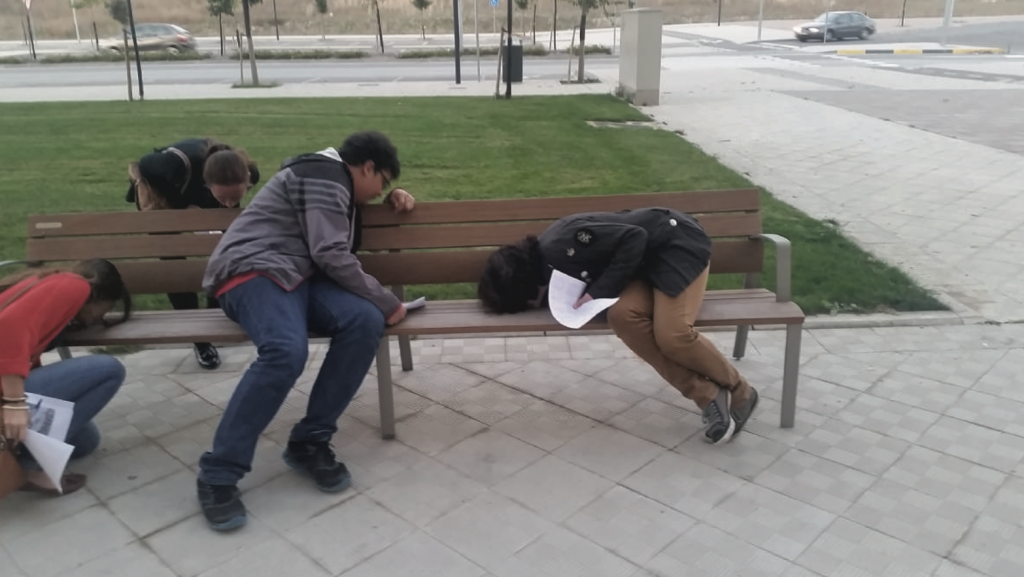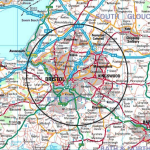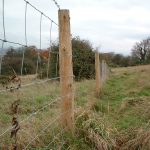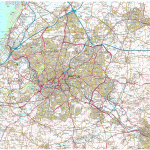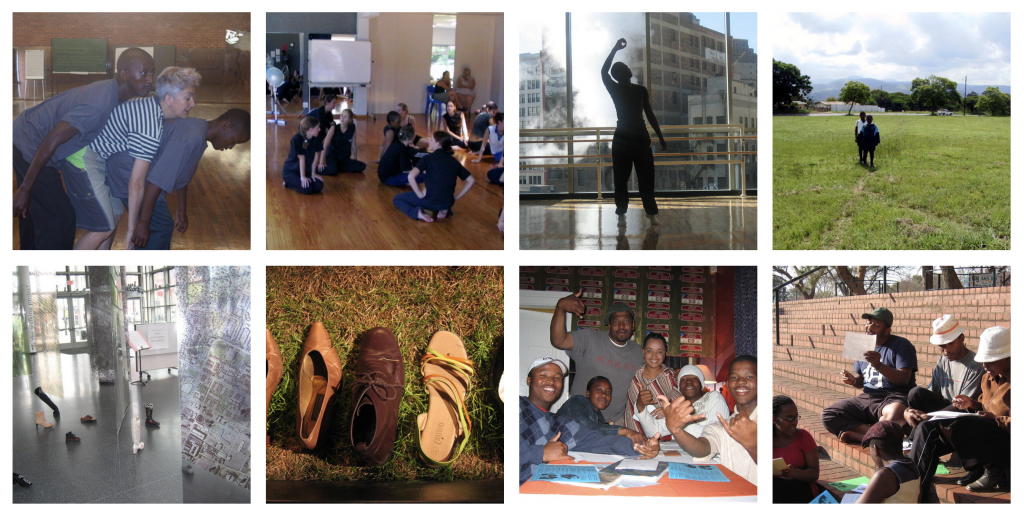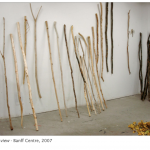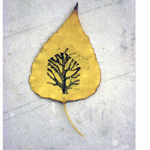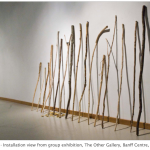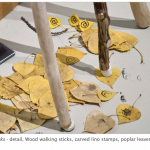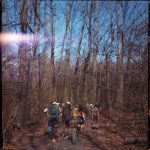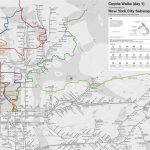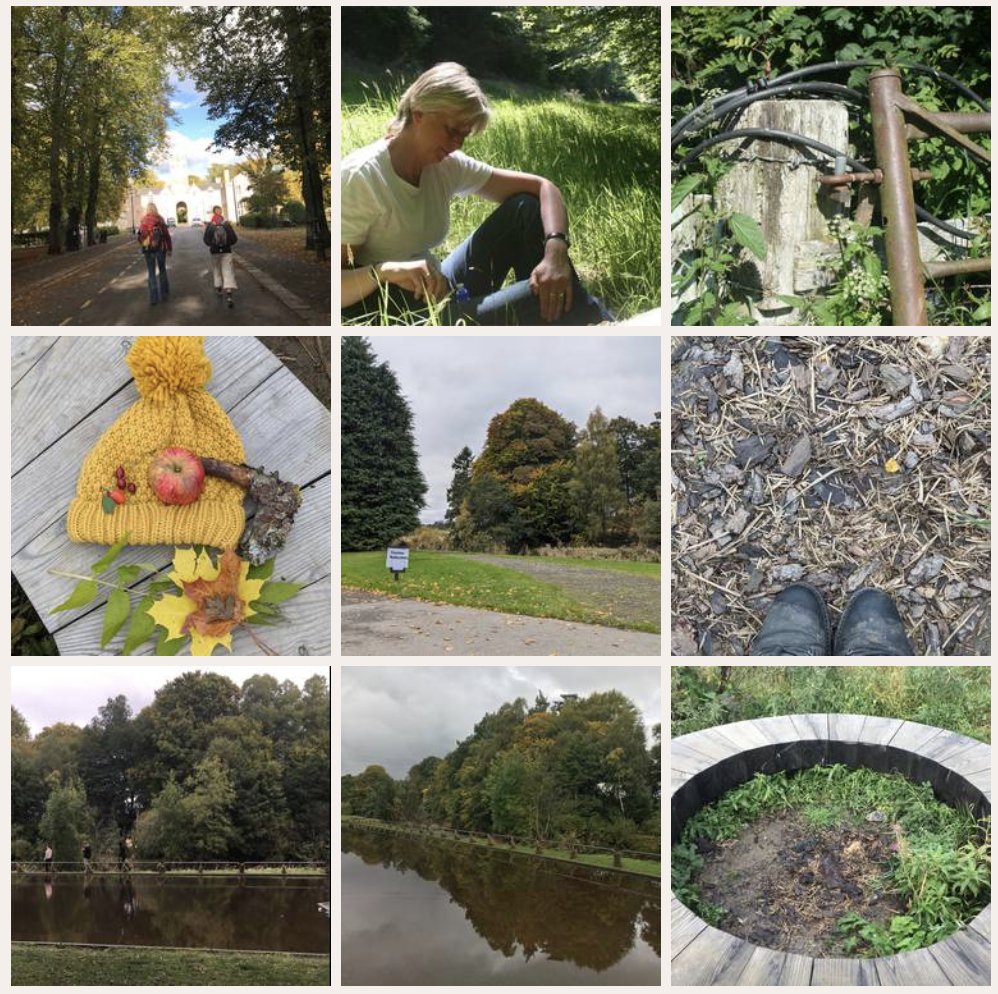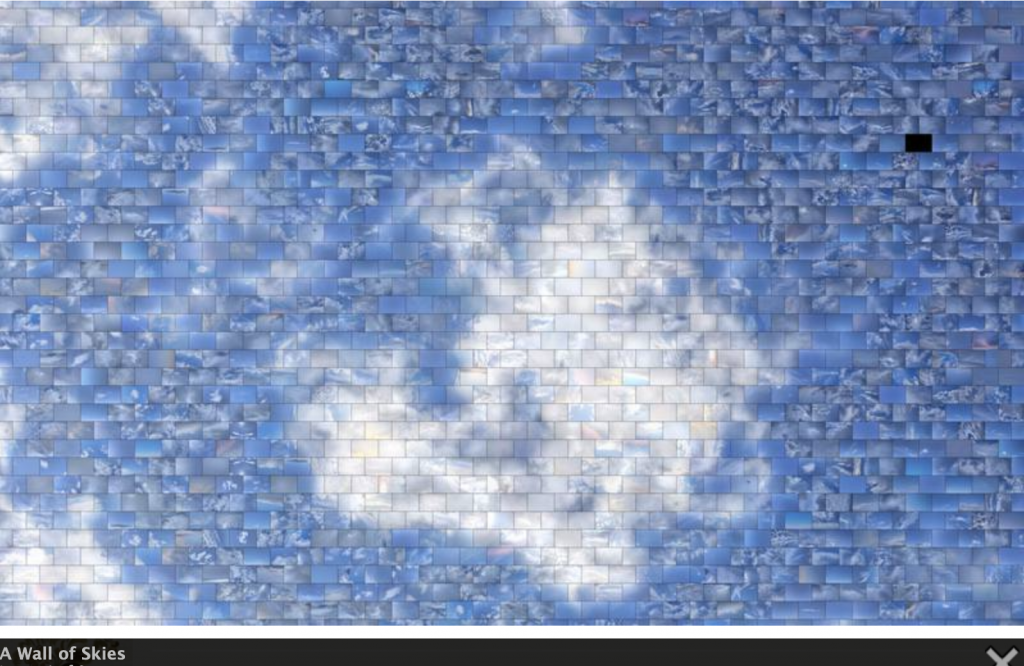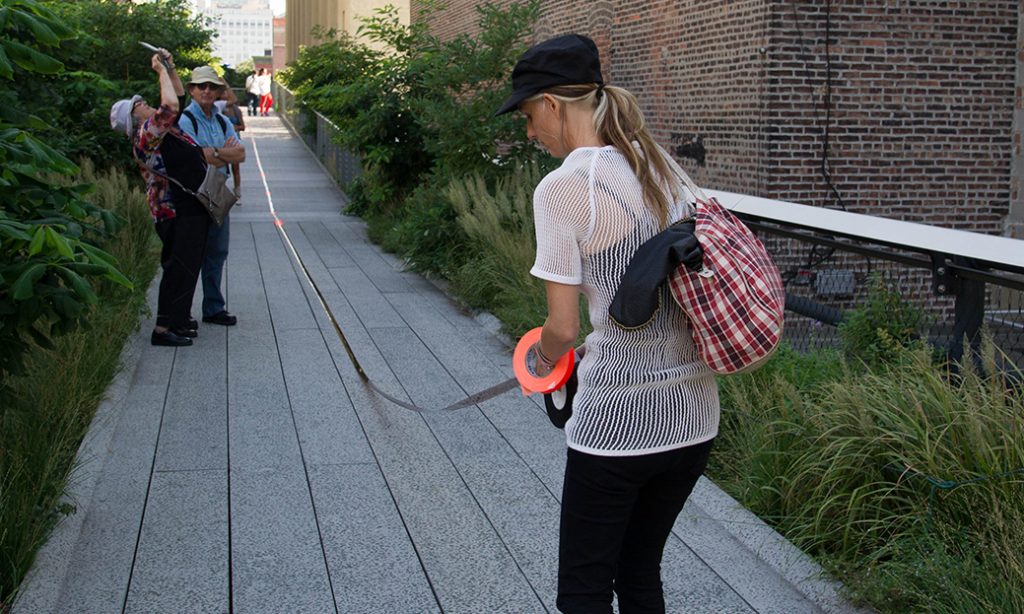Jennifer West is known for using unusual materials to alter her films, drawings, and collages. She has used coal-tar dye, eyeliner, whiskey, hot sauce, deodorant, and even skateboard wheels. For the High Line, West has staged a public performance by taping a one-mile-long 35mm filmstrip to the High Line pathway for one day during park hours. The thousands of visitors to the High Line that day are invited to leave their mark on the filmstrip with their shoes, heels, and hand prints to etch the film with the walkway’s many surfaces. Visitors are encouraged to wear stilettos, tennis shoes, combat boots, bare feet, or other shoes that to significantly alter the film. After the performance, the filmstrip will be treated with related materials and actions, a signature of West’s work.
The 59-minute filmstrip features images shot by West and her crew in June 2012 of New York locations typically not accessible to the general public. The film also features performances by two New York-based Parkour artists, Thomas Dolan and Vertical Jimenez. Best known for their ability to spontaneous run through urban environments and rooftops, their flips, jumps, rolls, and handstands were double-exposed over images shot around the High Line.
After the performance, the marked-up film will then be transferred to high definition digital format and shown on the High Line in October.
-
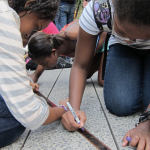
-
Photo by Scott Lynch
-
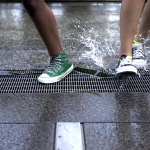
-
Photo by Maggie Romano
Splash Dance
9:00 – 10:00 AM
Diller – von Furstenberg Sundeck & Water Feature, on the High Line between West 14th and West 15th Streets
Elementary school students from Public School 3 in the West Village perform a playful dance to tunes by legendary pop star Michael Jackson. The same dance will be performed twice over the course of the hour.
Art Station
2:00 – 4:00 PM
14th Street Passage , on the High Line at West 14th Street
Stop by the semi-enclosed passageway on the High Line at West 14th Street to manipulate the celluloid film strip with various materials and tools.
Parkour Performance
9:00 –10:00 PM
On the High Line under The Standard, New York
Parkour dancers, called traceurs, will perform on the celluloid film strip, which contains images of the same traceurs performing in other locations at the High Line. Parkour is type of physical activity focused on effortlessly maneuvering around obstacles with speed and efficiency.
(1,2) Photo by Michael Seto; (3,5) Photo by Maggie Romano; (4,7) Photo by Scott Lynch; (6,8) Photo courtesy Friends of the High Line; (9) Photo by Liz Ligon; (10) Photo by Select Nights.
Jennifer West (b. California) lives and works in Los Angeles. Recent solo exhibitions include Marc Foxx, Los Angeles (2013); S1 Artspace, Sheffield, England (2012); Vilma Gold, London (2011); Contemporary Art Museum, Houston (2010); Western Bridge, Seattle (2010); Kunstverein Nuremberg, Nuremberg (2010); Transmission Gallery, Glasgow (2008), and White Columns, New York (2007). She was an Artist in Residence at the MIT List Visual Arts Center and has been commissioned for special projects at the Tate Modern, London and the Aspen Art Museum, Colorado. Her work has been included in group exhibitions at the Saatchi Collection Gallery, London (2012); Henry Moore Foundation, Leeds (2012); Remap, Athens (2011); White Columns, New York (2011); Schirn Kunsthalle Frankfurt, Germany (2010); and the Seattle Art Museum, Seattle (2010), among many others. West was shortlisted for the 2012 3rd Annual Nam June Paik Center Award in Korea.”
